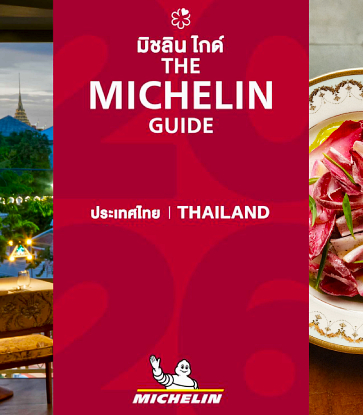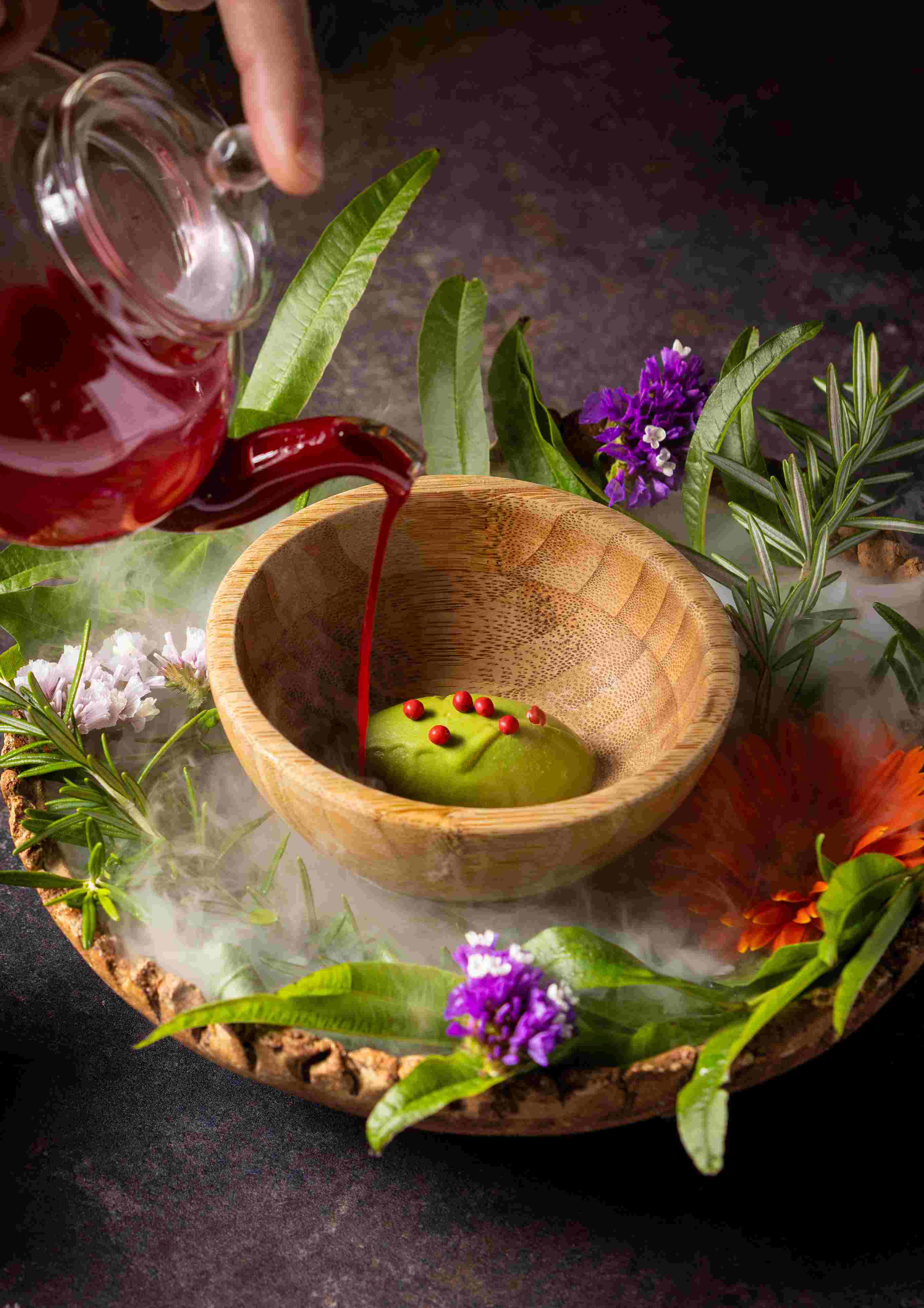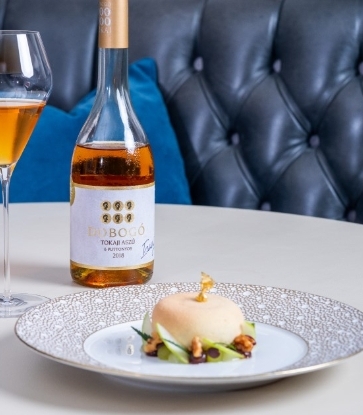A stroll around Ljubljana is a real treat. Punctuated with numerous baroque and Art nouveau buildings, and dominated by the proud silhouette of its medieval fortress, the streets of this small, manageable capital city of Slovenia (less than 300,000 inhabitants) are a feast for any traveller’s eyes. For foodie stomachs, Ljubljana not only boasts numerous cheap and friendly bistros ; it is also a new hub for modern-day fine-dining experiences. Traditional Slovenian cuisine, once mainly influenced by Italian and Austrian savoir-faire, recently found its best expression in the hands of a new generation of chefs and restaurant owners.
Yet it all started twenty years ago, when Janez Bratovž, a chef trained in Austria, returned to his home town to open JB Restavracija (Michelin Plate award), the first fine-dining restaurant in Ljubljana. In the small culinary scene of Slovenia, Chef Janez is unanimously talked about with respect and gratitude. The humble, sincere and highly talented chef trained many of the young innovators of Slovenian gastronomy, leaving his mark on what is probably one of the most exciting new food scenes in Europe. A striking achievement for this Slovenian chef from a workers family background, who considered becoming a bricklayer before turning to cooking. While it’s a classic fine-dining restaurant, JB Restavracija isn’t posh or artificially sophisticated; its spirit reflects the generous, elegant attitude of the chef. An admirer of Pierre Gagnaire and Alain Passard, Chef Janez believes in simple and clean ingredients to create exquisite dishes mastered with refreshing old-school perfection. His signature dish, a great ravioli filled with foie gras, has been a local favorite for years. Yet the maestro is focusing more and more on vegetables coming from his private backyard garden, located 25 kilometers aways from Ljubljana.

« We have excellent natural products in this country », he explains. « Take the onion. It’s so humble, so versatile. You can do everything with it. It’s probably my favorite ingredient.» Janez Bratovž admits that cooking is everything to him, and that even family comes second, which may explain why his wife, daughter and son chose to join forces respectively as the office manager, sommelier and sous-chef of JB Restavracija. « I will probably keep on working for five more years, then my children will take over the restaurant. And I’ll deliver veggies from the garden », he concludes with a wink.
Up on the hill in the center of the city, the majestic Ljubljana castle is more than a historical monument or a touristic hotspot. Two gourmet addresses hide behind the thick walls of the medieval stone fortress. Located in the Archer’s tower, Strelec (« the shooter ») is a Michelin Plate fine-dining establishment operated by Igor Jagodic. This impressive circular restaurant, whose view over Ljubljana is arguably one of the finest in town, has the patrons surrounded with gorgeous deep-red and brown sgraffiti* representing Slovenian folk tales, painted by Boris Kobe and Marij Pregelj in 1946. Looking like a Slovenian Cary Grant and well-mannered like a British gentleman, Chef Igor, who was trained at Noma, is a strong advocate of old-school fine dining and classic French cuisine. « Each plate represents the chef’s signature », he says, « fine dining means good ingredients, a lot of thinking and experimenting on a plate, hence a lot of time. The dishes must be tasteful to the eye as well. » His creations are cosmetically beautiful and deceivingly simple.

Chef Igor favors « just a few ingredients on a plate, executed with lots of varied techniques to reach different textures and flavors », such as a dish of cauliflower turned into a roast, a cream, or simply left raw but dressed with eggs, herbs and truffle. His style is free and modern; it’s precise and bold in its combinations, like this beef tartare with homemade nasturtium oil, dried Jerusalem artichokes and grated hazelnuts. Elegant, poetic cuisine - ideally matching this romantic setting, looking over the old town.
A few steps away from the Archers’ tower, the traveller will find Gostilna Na Gradu, a staple of Ljubljana’s gastropub culture, awarded with a Bib Gourmand. Set at the heart of the castle’s plaza, it is run by the Jezeršek family, a major player in the catering and restaurant scene. Na Gradu follows the customs of a gostilna, the traditional Slovenian inn : delicious, generous food made with local ingredients, served in a relaxed atmosphere. The four brothers and their father bring their family touch, their warm smiles and personal stories to the mix. All dressed with impeccable blue shirts, they make fun of their family name, which means « lake » in Slovenian. « You can call us The Lakers ! ». Franci, the father, came with a selection of his excellent homemade cured meats. The patriarch with a Mona Lisa smile started cooking in his home garage in the 1980s, quickly launching a catering service, smuggling salmon, caviar and coffee from Austria and Italy to brighten the rather bland cuisine of the Yugoslavian times.

Though all four brothers visited cooking schools, Luka Jezeršek is the head chef of every restaurant owned by the family, including Gostilna Na Gradu. Under his guidance, the gastronomy at Na Gradu is twisting traditional Slovenian foods with a certain sense of humor. The usually large potica (traditional holiday cake) is miniaturized, the potatoes (one of Slovenia’s basic ingredients) turn into a delicate, fluffy sorbet.
Another chef with a great sense of fun in his dishes is Jorg Zupan. This young, inspired chef runs Atelje, a restaurant at the center of Ljubljana, freshly decorated with one Michelin star. Located right next to the Union Hotel, a venerable local institution, it’s a fine-dining establishment like no other. Chef Jorg cooks like a rockstar. His dishes are bright, bold, funky and unpretentious. Though classically trained with French techniques, Zupan gets his ideas from his travels, whether he’s in Japan or going around Slovenia. Fermented koji (grains of barley) inoculated with aspergillus oryzae enzyme, lactofermented and emulsified with truffle aren’t unusual for him. The rock music lover, whose brother is a lindy hop dance instructor, grew up listening to old records of Simple Minds and Van Morrison with his father. The playlist at Atelje makes you want to get up, meet your neighbors and share your food. Chef Jorg wants his guests to come underdressed if they like. To make everyone feel comfortable, he got rid of the tablecloth, of complicated food introductions and scary displays of silverware.

« I started cooking when I was a teenager », he tells us, sharing a glass of excellent Slovenian natural white wine (all waiters are trained to know and understand wine at Atelje). « My parents were working 30 kilometers away from home, in Ljubljana. I was hungry and I decided to cook for myself, following Jamie Oliver’s recipes from his food show. Then I started cooking for the entire family. » While Zupan’s cuisine is definitely graceful and adventurous, presented like delicate Japanese zen garden landscapes, the chef’s favorite food is… fried chicken. « I even got it tattooed on my forearm », he says with a wide smile, showing off the large drawing of an oil-fried piece of poultry. A Michelin star with rock n’roll attitude.
*Sgraffito (Italian: [zɡrafˈfiːto]; plural: sgraffiti) is a technique either of wall decor, produced by applying layers of plaster tinted in contrasting colours to a moistened surface, or in pottery, by applying to an unfired ceramic body two successive layers of contrasting slip or glaze, and then in either case scratching so as to reveal parts of the underlying layer. (In: Weyer, Angela; Roig Picazo, Pilar; Pop, Daniel; Cassar, JoAnn; Özköse, Aysun; Vallet, Jean-Marc; Srša, Ivan, eds. (2015). EwaGlos. European Illustrated Glossary Of Conservation Terms For Wall Paintings And Architectural Surfaces.)
Hero Image : Jorg Zupan / Aaron Chervenak





















